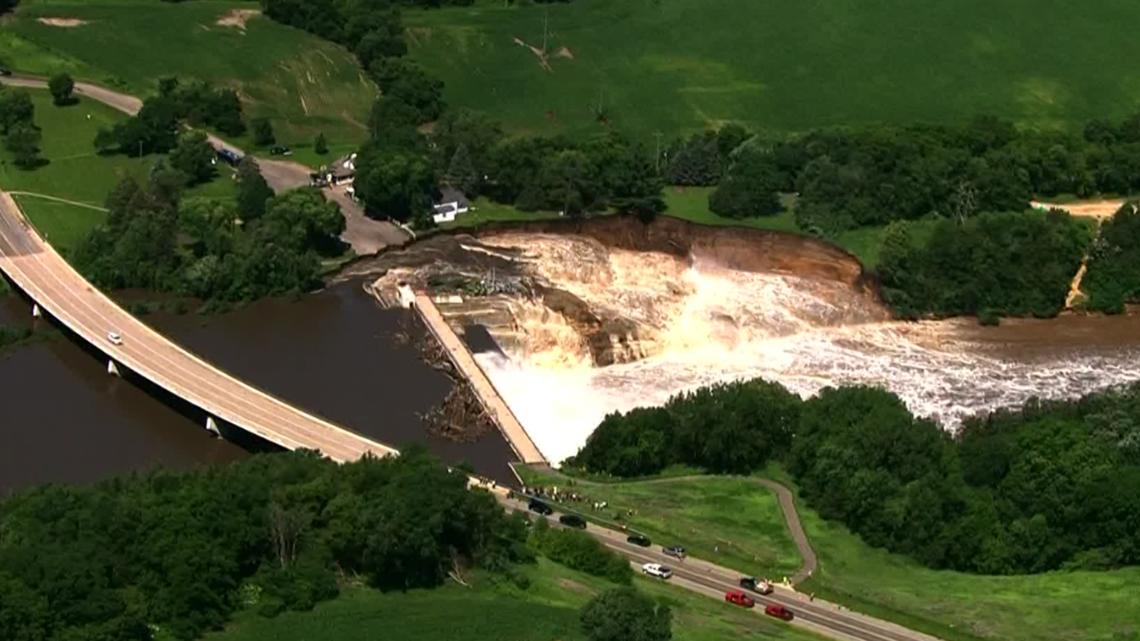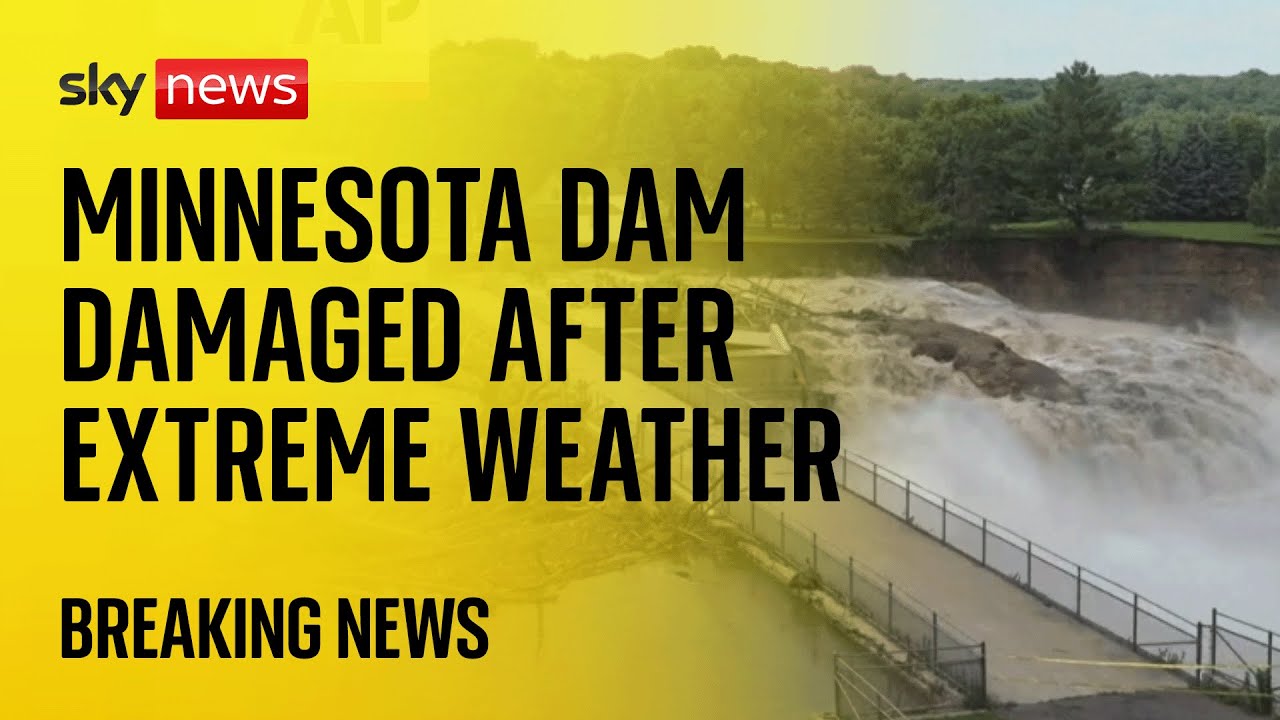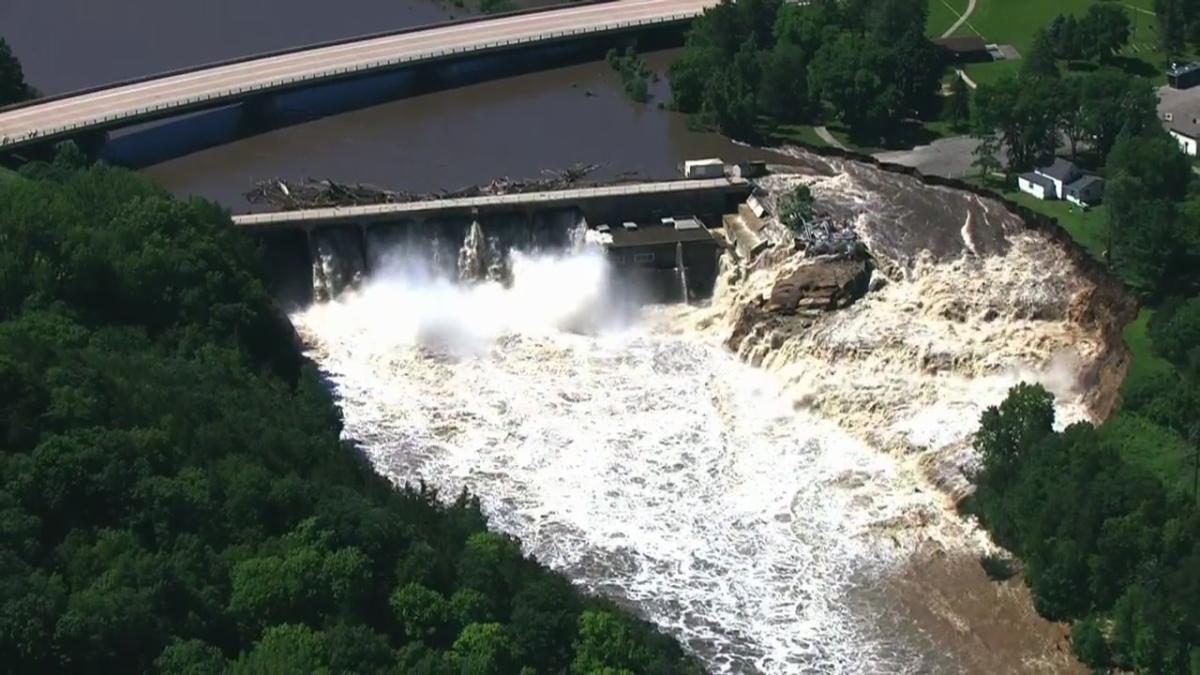Overview of the Rapidan Dam Failure
Rapidan dam failure – The Rapidan Dam, a towering structure nestled amidst the Blue Ridge Mountains of Virginia, stood as a testament to human ingenuity and the power of engineering. Completed in 1912, it harnessed the rushing waters of the Rapidan River, providing electricity and irrigation to the surrounding communities.
The catastrophic failure of the Rapidan Dam in 1876, resulting in a devastating flood, is a chilling reminder of the potential consequences of engineering mishaps. The dam’s collapse, known as the rapidan dam break , unleashed a torrent of water that swept away everything in its path, leaving behind a trail of destruction and loss.
This tragic event underscores the critical importance of thorough planning and rigorous safety measures in dam construction to prevent such disasters from recurring.
However, on August 28, 1928, tragedy struck. A torrential downpour unleashed an unprecedented deluge upon the dam, its relentless force pushing the reservoir’s water levels to perilous heights. The dam, unable to withstand the relentless onslaught, succumbed to the pressure, unleashing a catastrophic flood that forever etched itself into the annals of engineering history.
The catastrophic failure of the Rapidan Dam sent a torrent of water through the countryside, forever altering the landscape. It’s located in where is rapidan dam , a sparsely populated area that was once home to thriving communities. The disaster left an enduring scar on the region, a testament to the devastating power of nature.
Antecedents of the Failure
The Rapidan Dam failure was a complex event, with multiple factors contributing to its catastrophic outcome. Inadequate spillway capacity, insufficient foundation grouting, and the relentless downpour all played their part in the dam’s demise.
The tragic failure of the Rapidan Dam in 1893, a somber chapter in history, serves as a chilling reminder of the consequences of structural inadequacy. Its devastating impact on the Mankato, Minnesota region can be further explored at rapidan dam mankato mn.
The dam’s collapse unleashed a torrent of water that ravaged the surrounding area, leaving a lasting legacy of loss and devastation.
The dam’s spillway, designed to release excess water during heavy rainfall, proved woefully inadequate. As the reservoir filled rapidly, water surged over the spillway’s crest, eroding the dam’s earthen embankment and weakening its foundation.
The rapidan dam failure, a harrowing incident that occurred in Blue Earth County, a region steeped in history , left an enduring scar on the landscape. The dam’s collapse unleashed a torrent of water, transforming the tranquil countryside into a raging river.
The aftermath of the disaster reverberated throughout the region, leaving behind a poignant reminder of the fragility of human structures in the face of nature’s wrath.
Compounding the problem was the lack of sufficient foundation grouting. Grouting, a process of injecting cement or other materials into the bedrock beneath a dam, helps to seal any cracks or fissures that could allow water to seep through. In the case of the Rapidan Dam, insufficient grouting allowed water to penetrate the bedrock, undermining the dam’s stability.
Immediate Impact and Consequences
The failure of the Rapidan Dam unleashed a torrent of water that surged through the countryside, sweeping away homes, bridges, and lives. The floodwaters inundated towns and villages downstream, causing widespread devastation.
The immediate aftermath of the dam failure was a scene of chaos and heartbreak. Hundreds of people were killed, and thousands more were left homeless. The floodwaters destroyed crops, livestock, and infrastructure, leaving a trail of destruction in their wake.
The Rapidan Dam failure had a profound impact on the surrounding communities. The loss of life and property was immense, and the economic damage was significant. The disaster also raised important questions about dam safety and the need for rigorous engineering standards to prevent future tragedies.
Causes and Contributing Factors: Rapidan Dam Failure

The catastrophic failure of the Rapidan Dam was a complex event influenced by multiple factors. At its core, the primary cause was a combination of engineering and design flaws that compromised the dam’s structural integrity.
A thorough analysis reveals several critical flaws in the dam’s design and construction. The most significant of these was the inadequate spillway capacity, which proved insufficient to handle the extreme rainfall during the storm. Additionally, the dam’s foundation was not adequately prepared, leading to seepage and erosion that further weakened the structure.
Natural Factors, Rapidan dam failure
While engineering flaws played a dominant role, natural factors also contributed to the dam’s failure. The torrential rainfall that preceded the collapse exceeded the design capacity of the spillway, overwhelming the dam’s ability to discharge water safely. Furthermore, the geological conditions at the dam site, including the presence of weak bedrock and unstable soil, exacerbated the structural vulnerabilities.
Lessons Learned and Prevention Measures

The Rapidan Dam failure left a lasting legacy, etching its lessons into the annals of dam engineering. These hard-earned insights have catalyzed significant changes in dam design, construction, and maintenance practices, ensuring the safety and integrity of these vital structures.
Revised Design Criteria:
- Increased Spillway Capacity: Engineers recognized the need for ample spillway capacity to handle excessive water flow during floods. Spillways were redesigned to accommodate larger volumes, reducing the risk of overtopping and subsequent failure.
- Strengthened Foundations: The weak foundation of the Rapidan Dam highlighted the importance of thorough site investigations and robust foundation designs. Dams are now constructed on stable bedrock or with deep foundations to ensure stability against erosion and seepage.
- Improved Embankment Construction: Compaction techniques were refined to create denser and more impervious embankments, reducing the likelihood of seepage and internal erosion.
Enhanced Monitoring and Maintenance:
- Regular Inspections: Dams are subjected to rigorous inspections by qualified engineers to identify potential problems early on. These inspections include visual assessments, instrumentation monitoring, and seepage measurements.
- Instrumentation Monitoring: Dams are equipped with sensors and monitoring systems to track water levels, pore pressures, and other critical parameters. This data provides real-time information on the dam’s performance and enables early detection of any anomalies.
- Emergency Action Plans: Comprehensive emergency action plans are developed for each dam, outlining procedures for responding to potential failures. These plans include evacuation protocols, notification systems, and coordination with local authorities.
By incorporating these lessons learned into modern dam engineering practices, we have significantly reduced the risk of catastrophic dam failures. The legacy of the Rapidan Dam tragedy serves as a constant reminder of the importance of safety, innovation, and vigilance in ensuring the integrity of these vital structures.
The rapidan dam failure, a tragic event that unleashed a torrent of water, left a devastating impact on the surrounding areas. The flooding that ensued, documented in detail on rapidan dam flooding , swept away homes, businesses, and infrastructure, leaving a trail of destruction in its wake.
The dam’s collapse, a grim reminder of the fragility of human constructions, highlights the importance of robust infrastructure and disaster preparedness.
